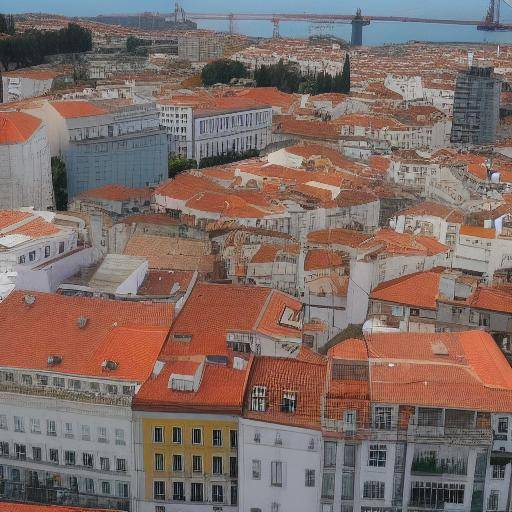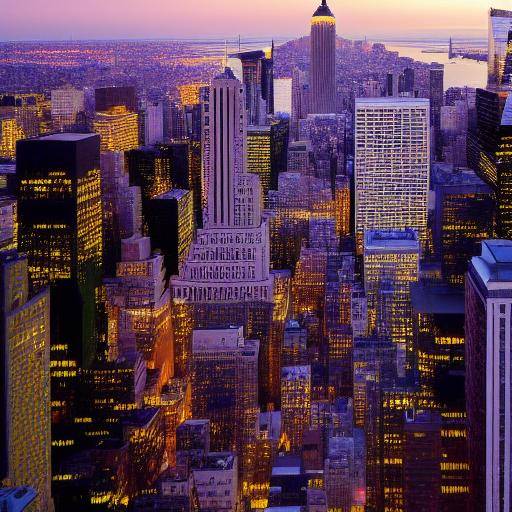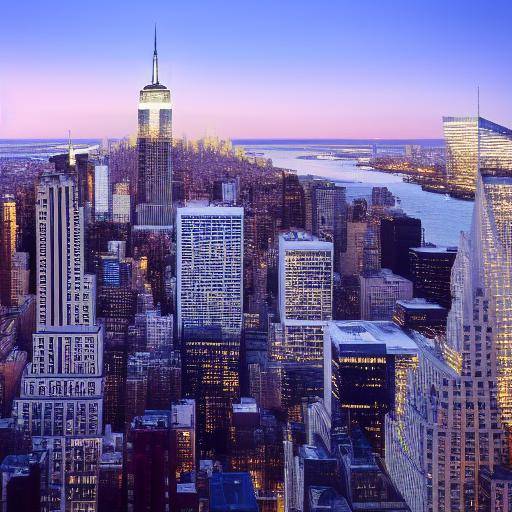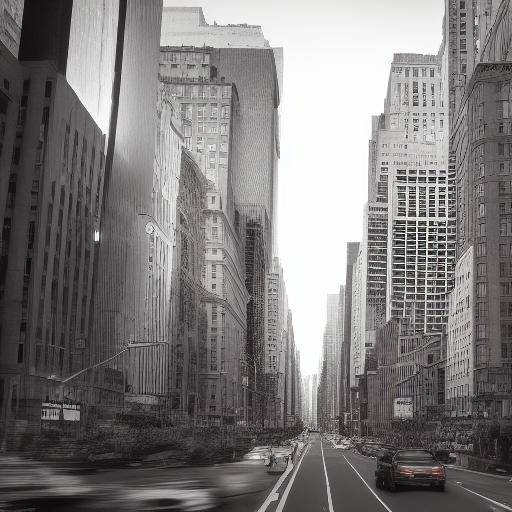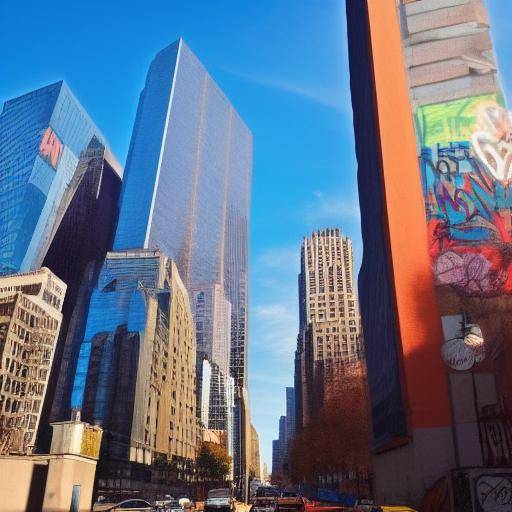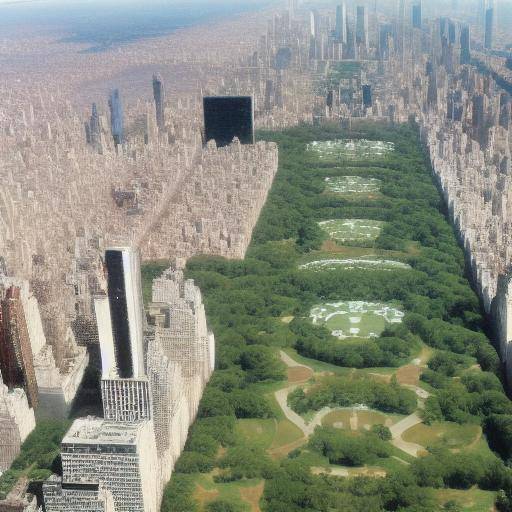
New York, the iconic city that never sleeps, rises majestic with its impressive skyline where history, modernity and lessons of urban architecture are intertwined. In this article, we will explore the fascinating evolution of architecture in New York, the design lessons offered by its imposing skyline and how these elements have left an indelible mark on the history and future of urban architecture. Get ready to discover the best kept secrets of this metropolis from the top!
History and Evolution of Architecture in New York
New York City has witnessed countless transformations throughout its rich history. From its humble beginnings as a small Dutch settlement to becoming the nerve centre of trade, culture and innovation, its architecture has been a palpable reflection of its evolution. From the iconic Empire State to the ultra-modern skyscrapers that dominate its horizon, each building tells a unique story that intertwines with that of the city. We will explore how the architecture of New York has evolved over the centuries, from the first skyscrapers to the contemporary towers that challenge the laws of physics.
New York Influence in Urban Architecture
New York's architectural grandeur has transcended its own borders to influence the design of cities around the world. Its design lessons are manifested in urban planning, the innovative use of space and the integration of historical buildings with modern structures. It is a living laboratory of urban architecture that opens a window into the future of modern cities. In addition, New York has been a pioneer in sustainable development and urban resilience, marking guidelines for the responsible design of the morning cities.
The Design Lessons Offering the New York Skyline
The New York skyline is a visual symphony that offers invaluable design lessons. From the majesty of the Statue of Liberty to the geometric purity of the One World Trade Center, each building is a lesson in itself. We will analyze how the New York architecture teaches us to integrate innovation with historical preservation, to maximize functionality without sacrificing aesthetics and to create spaces that transcend the mere purpose of harboring people and businesses.
Comparing New York with Other Metropolises in Urban Architecture Terms
New York's architecture, though unique in many respects, shares similarities and contrasts with other great cities in the world. From the density of Hong Kong to the elegance of Paris, we will see how New York is situated in the global context and how these comparisons reveal universal lessons on adaptation to the urban environment, the coexistence of architectural styles and the capacity of buildings to embody the identity of a city.
Future Trends and Predictions in New York Urban Architecture
The future of urban architecture in New York is an exciting and dynamic territory. What's stopping us for the next decade in terms of skyscraper design? How will emerging technologies and sustainable practices be integrated into the city architecture? We will explore the predictions of experts and trends that shape the horizon of the Great Apple, offering a privileged view of the future of urban architecture.
Conclusion
The New York skyline is not only a testimony of the architectural brilliance, but also an inexhaustible source of lessons that transcend the world of architecture. As we say goodbye to this exciting journey, let us remember that every corner of New York offers us a valuable apprenticeship on how architecture can capture the essence of a city, drive innovation and create urban landscapes that perpetuate collective memory. Its skyline is much more than a set of imposing buildings; it is a compendium of future stories, ideas and visions that have left an indelible mark on the world of architecture.
Frequently asked questions
What is the most emblematic building in New York's skyline?
The New York skyline has many iconic buildings, but the Empire State Building is possibly the most emblematic. His distinctive architecture and role in popular culture have made him an enduring symbol of the city.
How has New York's architecture influenced other cities in the world?
New York's architecture has been a source of inspiration for designers and urbanists around the world. Their focus on integrating historical styles with contemporary innovations and their ability to adapt to the demands of a metropolis have set precedents for global urban design.
What are the current trends in New York's urban architecture?
Today, New York’s urban architecture focuses on sustainability, energy efficiency and inclusive design. Modern buildings seek to integrate harmoniously into the urban environment, minimizing its environmental impact and maximizing the quality of life of its inhabitants.
How has New York faced the challenges of urban planning?
Urban planning in New York has faced significant challenges throughout its history, from the densification of the city to the preservation of its architectural heritage. The capacity of the city to adapt to these challenges has been key to its sustainable development.
What role does New York's architecture play in the city's tourism?
New York's impressive architecture attracts millions of tourists every year. The emblematic buildings, such as the Rockefeller Center and the Chrysler Building, are reference points that attract visitors eager to marvel at the majesty of their skyline.
What are the future prospects for urban architecture in New York?
The future of urban architecture in New York is exciting, with an approach to integrating sustainable technologies, adapting to climate change and creating inclusive urban spaces. The city will continue to be a beacon of architectural innovation and creativity in the years to come.
With these points in mind, we can appreciate the immense value that the New York skyline brings to the world of urban architecture. Beyond its imposing buildings, it holds profound lessons on human capacity to shape its environment, challenge the limits of creativity and transcend generations. May these lessons continue to inspire designers, urbanists and architecture lovers around the world.

